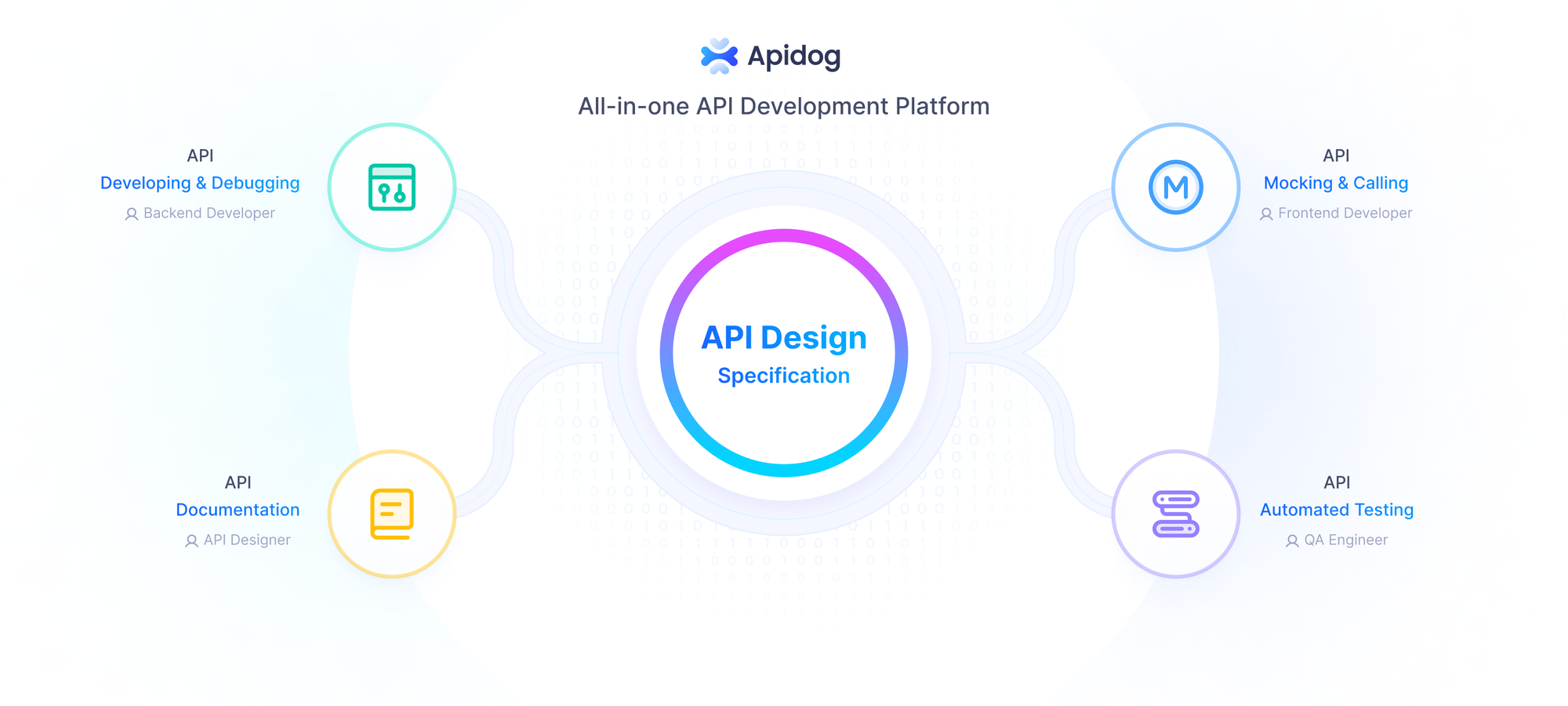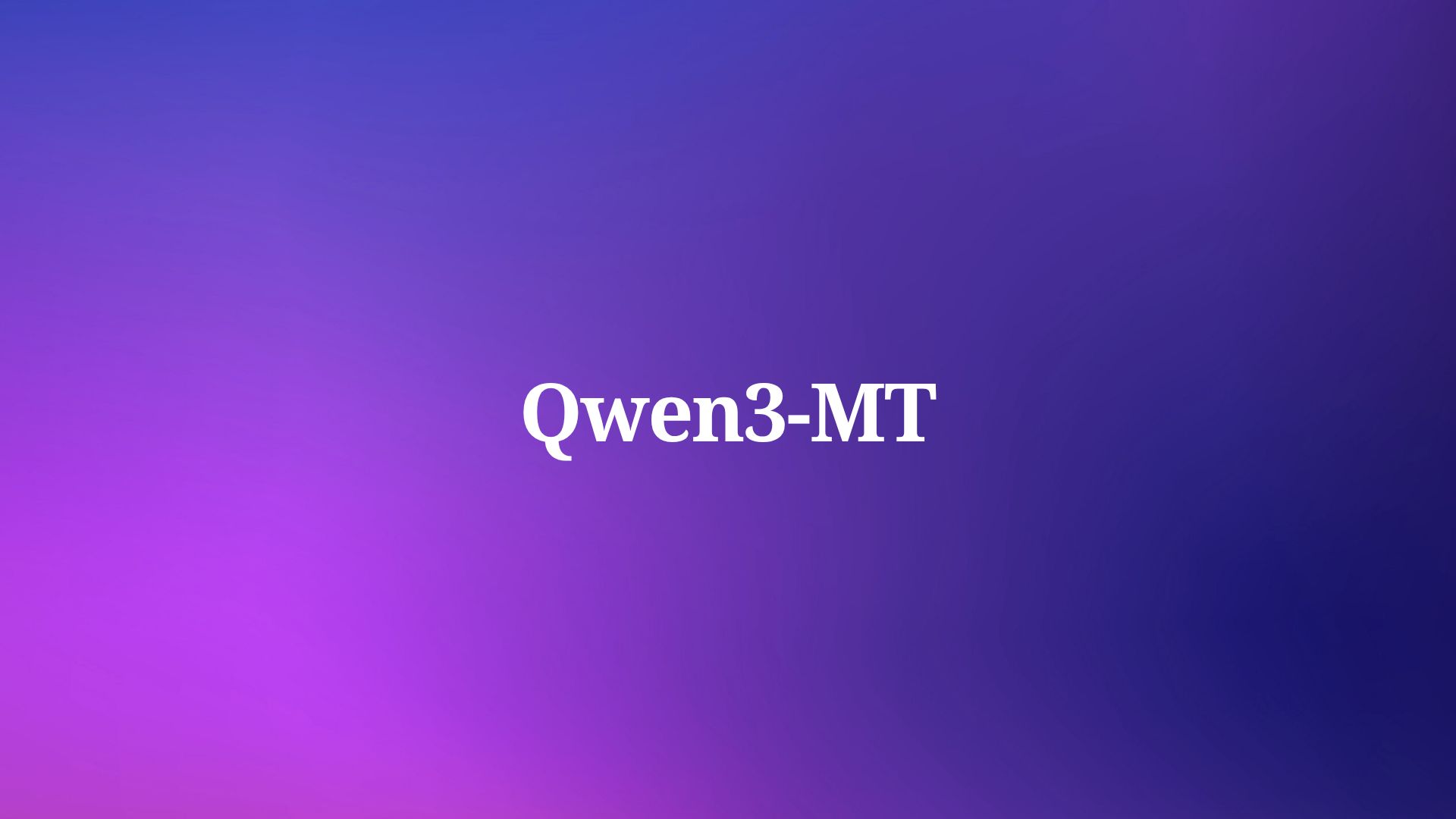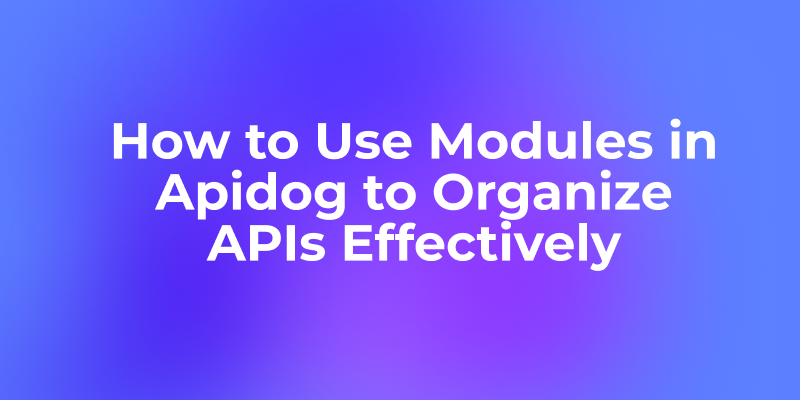Alibaba released Qwen3-MT, a multilingual translation model that supports 92 languages and uses reinforcement learning for improved accuracy. This model addresses key limitations in existing translation systems through advanced training methods and comprehensive language coverage.
Qwen3-MT builds on the Qwen3 architecture with enhanced multilingual capabilities. The model processes trillions of translation tokens during training, enabling better context understanding and cultural nuance preservation across language pairs.
Understanding the Qwen3-MT Architecture
The foundation of Qwen3-MT rests on the powerful Qwen3 architecture. This update builds upon the powerful Qwen3, leveraging trillions multilingual and translation tokens to comprehensively enhance the model's multilingual understanding and translation capabilities. Furthermore, the integration of reinforcement learning techniques marks a significant departure from traditional neural machine translation approaches.
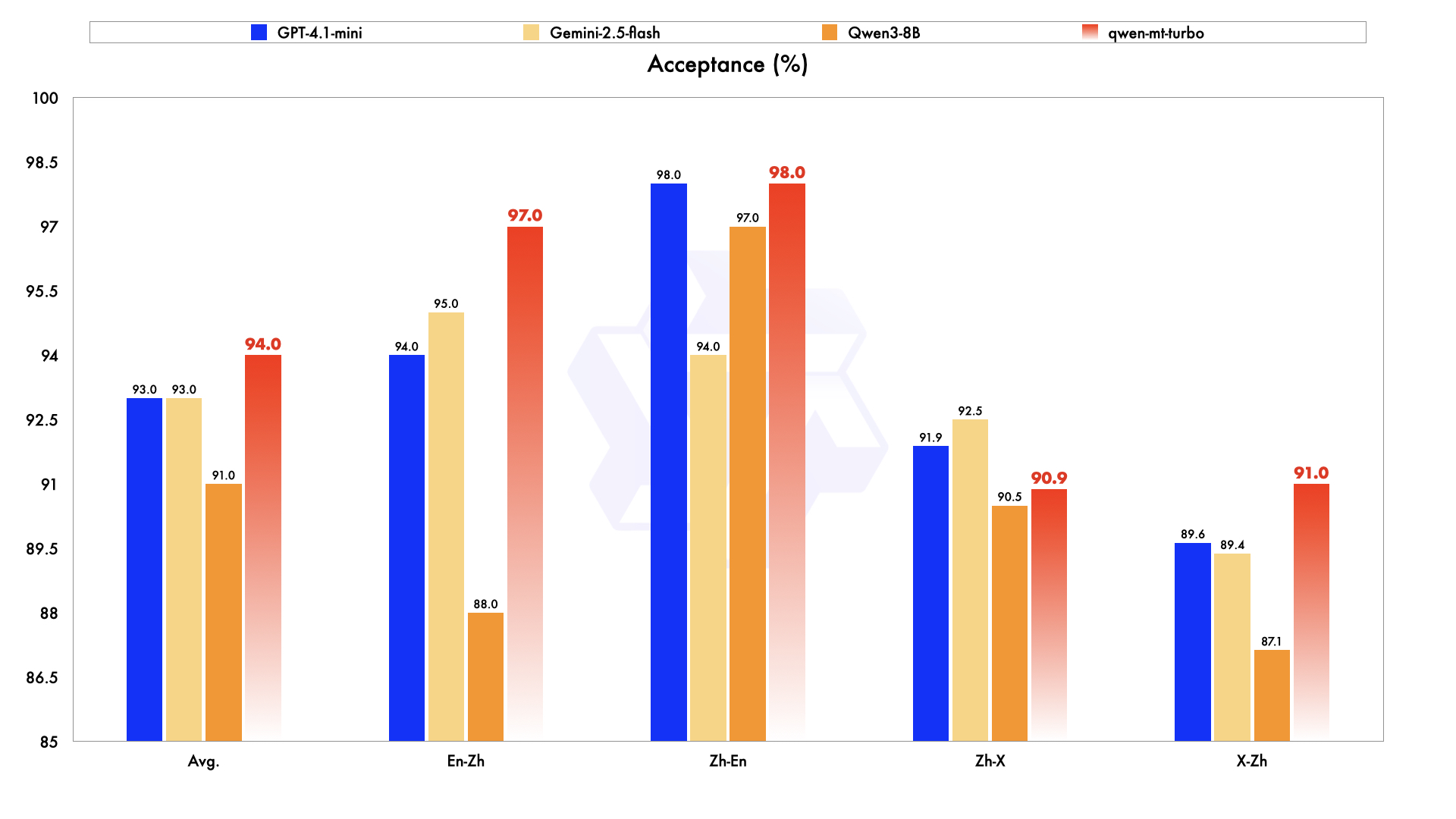
Traditional translation models often struggle with context preservation and linguistic nuance. However, Qwen3-MT addresses these limitations through advanced training methodologies. The model processes vast amounts of multilingual data during training, enabling it to understand subtle cultural and contextual differences between languages.
Additionally, the reinforcement learning component allows the model to continuously improve its translation quality based on feedback mechanisms. This approach ensures that translations maintain both accuracy and naturalness across different language pairs.
Comprehensive Language Support and Coverage
One of Qwen3-MT's most impressive features is its extensive language support. Qwen-MT enables high-quality translation across 92 major official languages and prominent dialects. This comprehensive coverage addresses a critical need in today's globalized digital landscape where applications must serve diverse linguistic communities.
The model's language support extends beyond major world languages to include regional dialects and less commonly supported languages. This inclusivity opens new opportunities for developers building applications for specific regional markets or niche linguistic communities.
Moreover, the quality of translation remains consistent across different language pairs. Many translation models show significant performance variations when translating between different language combinations. However, Qwen3-MT maintains high translation quality whether translating between European languages, Asian languages, or mixed language pairs.
Technical Implementation and Performance Metrics
The technical architecture of Qwen3-MT incorporates several innovative approaches to machine translation. The model utilizes a transformer-based architecture optimized for multilingual understanding and generation. This optimization enables efficient processing of multiple languages within a single model framework.

Performance benchmarks indicate substantial improvements over previous generation translation models. The model demonstrates enhanced accuracy in maintaining context across longer passages, a common challenge in machine translation. Additionally, the processing speed improvements make Qwen3-MT suitable for real-time translation applications.
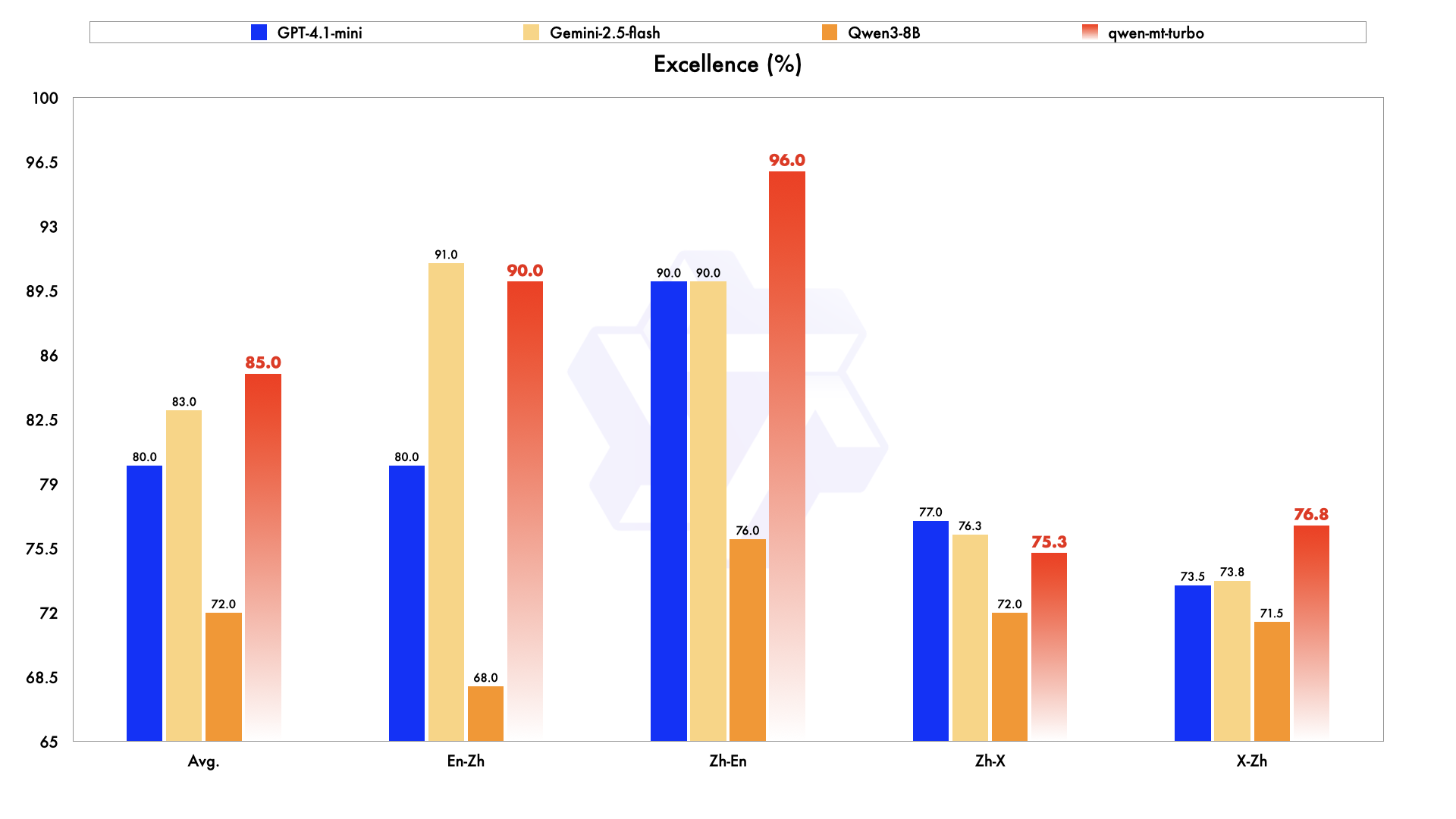
Furthermore, the model's memory efficiency allows deployment across various hardware configurations. Developers can implement Qwen3-MT in cloud environments, edge computing scenarios, or hybrid deployments depending on their specific requirements.
Integration with Modern Development Workflows
Modern software development demands seamless integration between different tools and platforms. Qwen3-MT supports various integration methods, making it accessible through standard API endpoints and SDKs for popular programming languages.
The API design follows RESTful principles, ensuring compatibility with existing development workflows. Developers can easily incorporate translation functionality into web applications, mobile apps, or backend services without significant architectural changes.
Additionally, the model supports batch processing for applications requiring bulk translation operations. This capability proves particularly valuable for content management systems, documentation platforms, or data processing pipelines that handle large volumes of multilingual content.
Testing Translation APIs with Apidog
When implementing Qwen3-MT or any translation API, thorough testing becomes essential for ensuring application reliability. Apidog provides comprehensive testing capabilities specifically designed for API validation and performance monitoring.
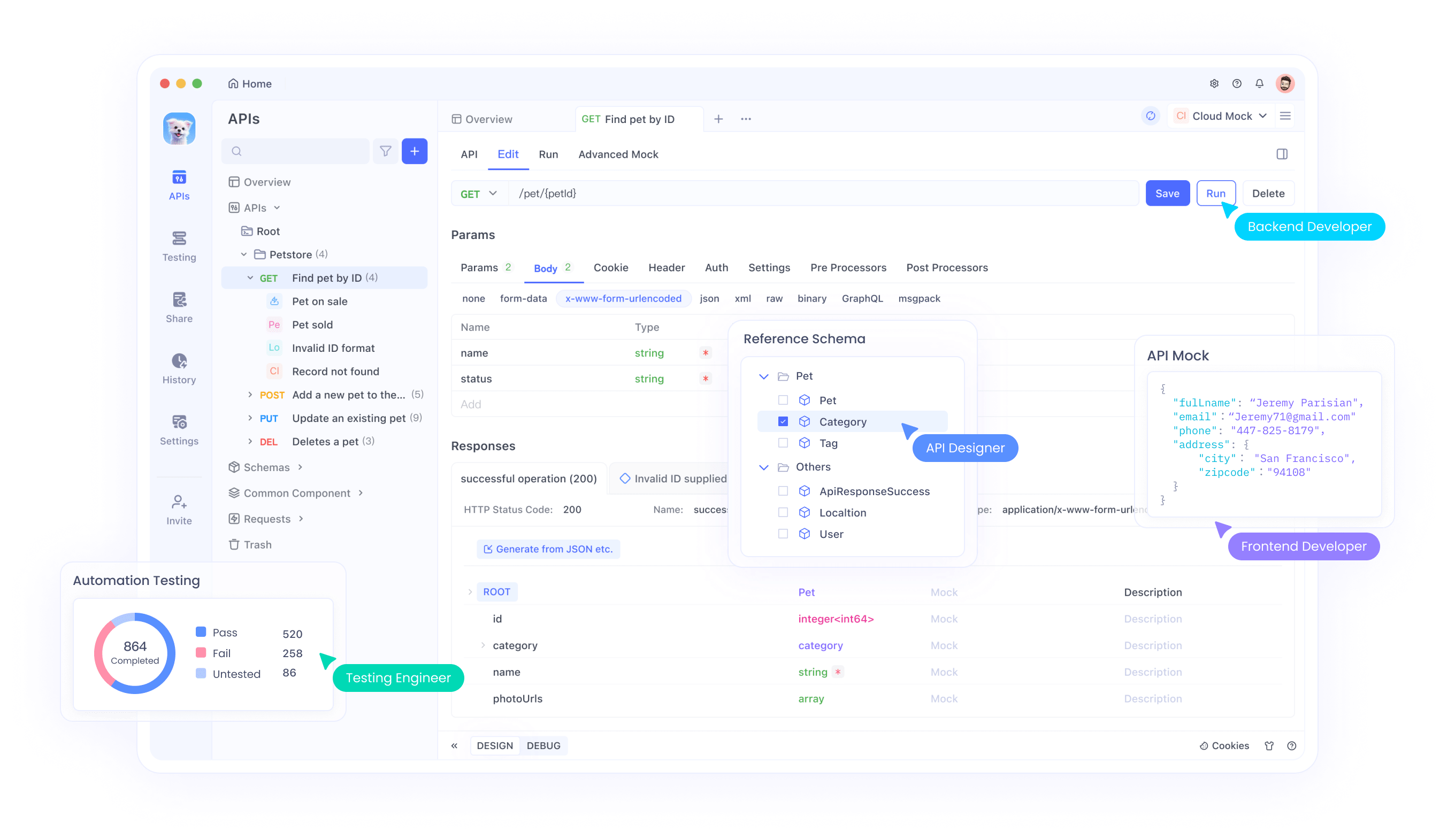
The platform offers several key features for translation API testing. Visual Reporting: The platform generates comprehensive, exportable test reports for easy analysis of test results. These reports help developers identify potential issues before deploying translation features to production environments.
Moreover, Apidog's automated testing capabilities enable continuous validation of translation API responses. Developers can set up test suites that automatically verify translation quality, response times, and error handling across different language pairs.
The platform also supports mock data generation for translation APIs. This feature allows developers to simulate various translation scenarios during development, even when the actual translation service might be temporarily unavailable or rate-limited.
Performance Optimization and Best Practices
Implementing Qwen3-MT effectively requires attention to several optimization strategies. Caching frequently translated content reduces API calls and improves response times for commonly requested translations.
Rate limiting and request batching help manage API usage costs while maintaining application performance. Developers should implement intelligent batching strategies that group related translation requests without compromising user experience.
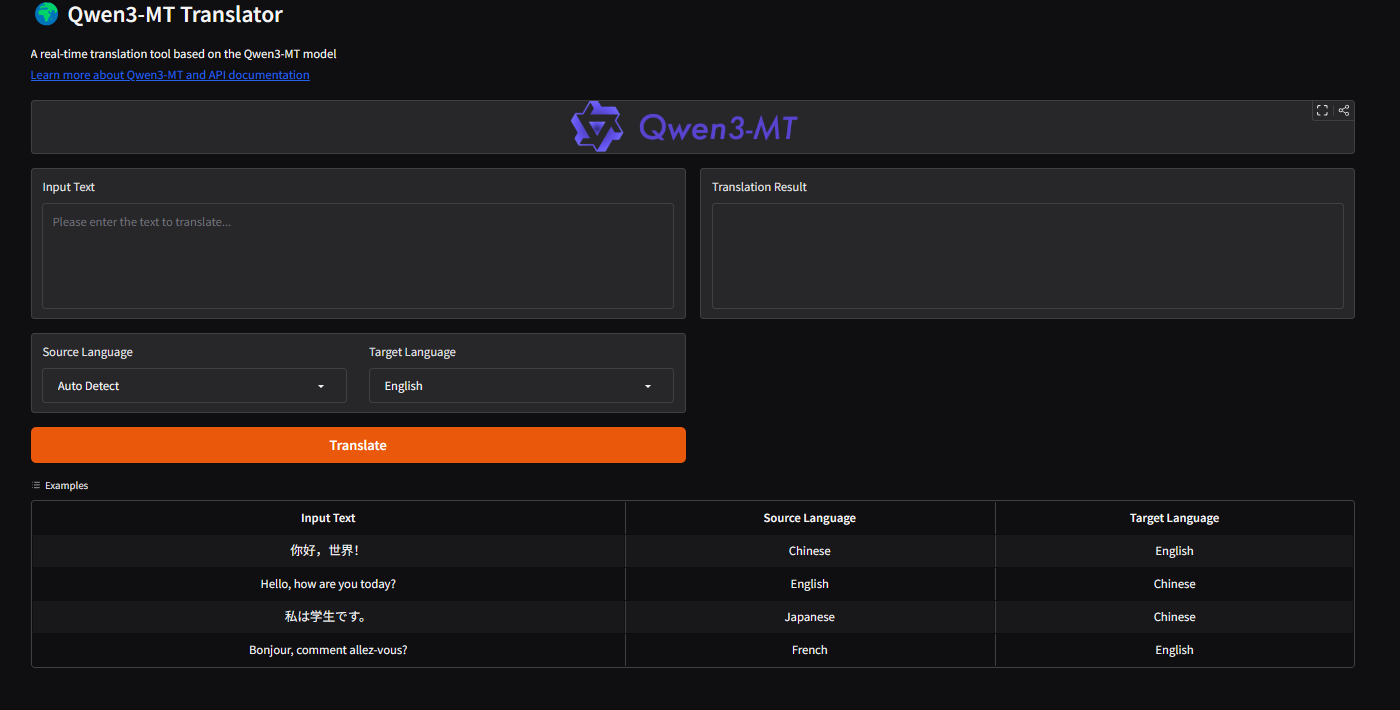
Additionally, implementing fallback mechanisms ensures application reliability when translation services experience temporary issues. These mechanisms might include cached translations, alternative translation services, or graceful degradation to original language content.
Security and Data Privacy Considerations
Translation applications often handle sensitive information, making security considerations paramount. Qwen3-MT implementations should include proper data encryption for translation requests and responses.
Data residency requirements vary across different regions and industries. Developers must understand where translation processing occurs and ensure compliance with relevant data protection regulations such as GDPR or CCPA.
Furthermore, implementing proper authentication and authorization mechanisms prevents unauthorized access to translation capabilities. API key management, rate limiting, and access logging help maintain security while enabling legitimate usage.
Comparison with Existing Translation Solutions
When evaluating Qwen3-MT against existing translation solutions, several factors differentiate this model from alternatives. The extensive language support surpasses many commercial translation services that focus primarily on major world languages.
Translation quality consistency across different language pairs represents another significant advantage. Many existing solutions show considerable quality variations when translating between less common language combinations.
Moreover, the reinforcement learning approach enables continuous improvement without requiring complete model retraining. This capability provides long-term value as the model adapts to changing linguistic patterns and user requirements.
Economic Implications and Cost Considerations
The economic impact of improved translation technology extends beyond simple cost savings. Organizations can expand into new markets more efficiently when language barriers become less significant obstacles to communication.

Development costs decrease when single translation models can handle multiple language pairs effectively. Previously, organizations might need separate solutions for different regional markets or language combinations.
Additionally, improved translation quality reduces the need for human post-editing, further decreasing operational costs for multilingual content production and customer support operations.
Conclusion
Qwen3-MT represents a significant advancement in machine translation technology, offering developers powerful capabilities for building multilingual applications. The model's extensive language support, technical sophistication, and integration flexibility make it a compelling choice for various use cases.
The combination of advanced architecture, comprehensive language coverage, and practical deployment options positions Qwen3-MT as a valuable tool for organizations seeking to expand their global reach. As the translation technology landscape continues evolving, models like Qwen3-MT set new standards for quality, coverage, and accessibility.
Success with Qwen3-MT requires proper implementation planning, thorough testing, and attention to security considerations. Tools like Apidog facilitate this process by providing comprehensive testing and monitoring capabilities that ensure reliable translation API integration.
